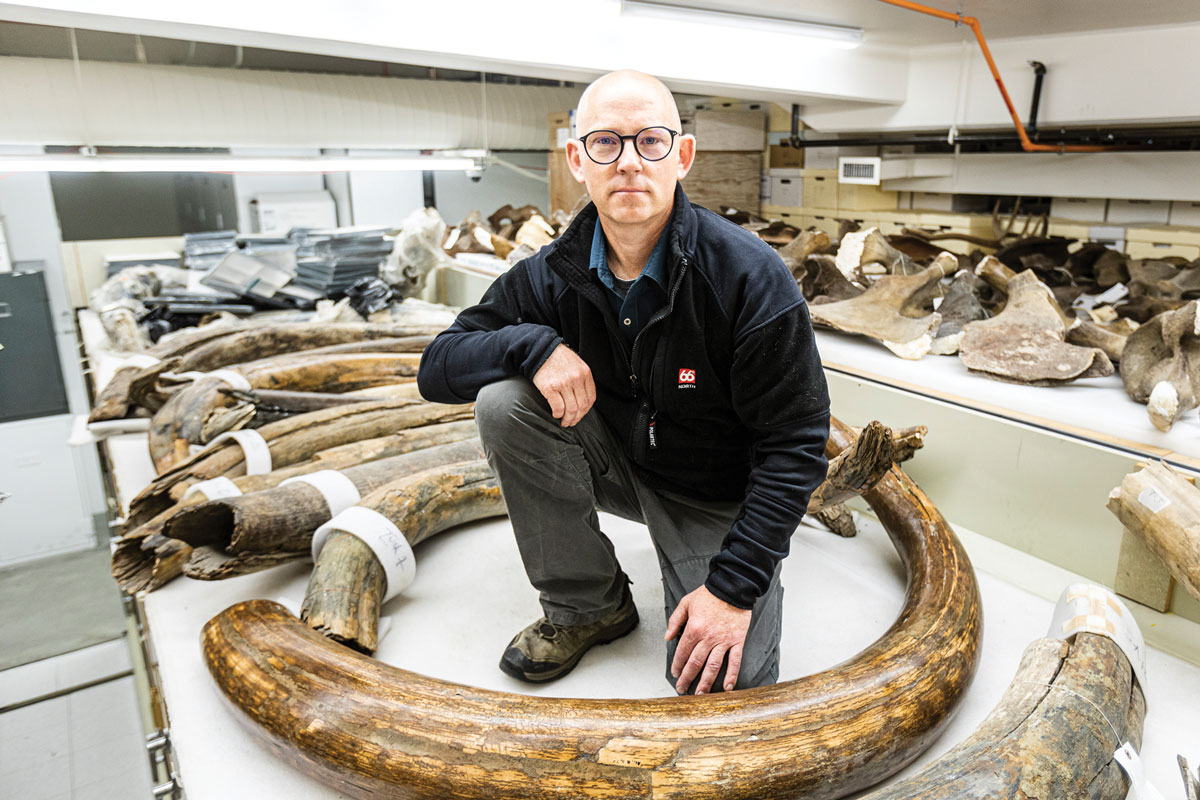Advertisement
Grab your lab coat. Let's get started
Welcome!
Welcome!
Create an account below to get 6 C&EN articles per month, receive newsletters and more - all free.
It seems this is your first time logging in online. Please enter the following information to continue.
As an ACS member you automatically get access to this site. All we need is few more details to create your reading experience.
Not you? Sign in with a different account.
Not you? Sign in with a different account.
ERROR 1
ERROR 1
ERROR 2
ERROR 2
ERROR 2
ERROR 2
ERROR 2
Password and Confirm password must match.
If you have an ACS member number, please enter it here so we can link this account to your membership. (optional)
ERROR 2
ACS values your privacy. By submitting your information, you are gaining access to C&EN and subscribing to our weekly newsletter. We use the information you provide to make your reading experience better, and we will never sell your data to third party members.
Similar to the concentric rings that provide a chronicle of environmental conditions during a tree's growth, the historical record of an infant's diet may be extracted from layers of baby tooth enamel.
In particular, researchers are reporting that the relative ratio of calcium and strontium can provide dietary information, such as whether a baby was breast-fed or formula-fed, as well as the time when birth occurred and the infant stopped being nourished through the placenta (Proc. Natl. Acad. Sci. USA, DOI: 10.1073/pnas.0711513105).
Biopaleontologist Louise T. Humphrey and her colleagues at the Natural History Museum in London did the proof-of-principle study using baby teeth obtained from children with known dietary records. Using mass spectrometry to measure the relative concentrations of calcium and strontium in progressive layers of tooth enamel, "we showed enamel could provide a permanent archive of a period of infant growth and development," Humphrey says.
As teeth develop, hydroxyapatite crystals, a major component of enamel, are initially deposited under conditions in which calcium concentrations are carefully controlled. Strontium, levels of which vary in different foods, can freely diffuse in and out of the developing enamel, resulting in concentrations that reflect the infant's diet.
Calcium-to-strontium ratios in milk decrease as animals move up the food chain, Humphrey explains. The ratio in cow milk, for example, is higher than that in human breast milk, she says. Although humans already have low levels of strontium in their bodies, the element is further filtered from human milk.
"This work opens up new research possibilities in the field of anthropology," comments Debbie Guatelli-Steinberg, an anthropologist at Ohio State University who specializes in dental fossils. "It may now be possible to examine the dental remains of our ancestors to determine how old infants were when they were weaned."
Humphrey hopes to extend the technique to study the development of adult teeth in fossil records to gain information about other elements of childhood development. "Teeth could also provide clues to illness, malnutrition, migration, and weather," she notes.




Join the conversation
Contact the reporter
Submit a Letter to the Editor for publication
Engage with us on Twitter